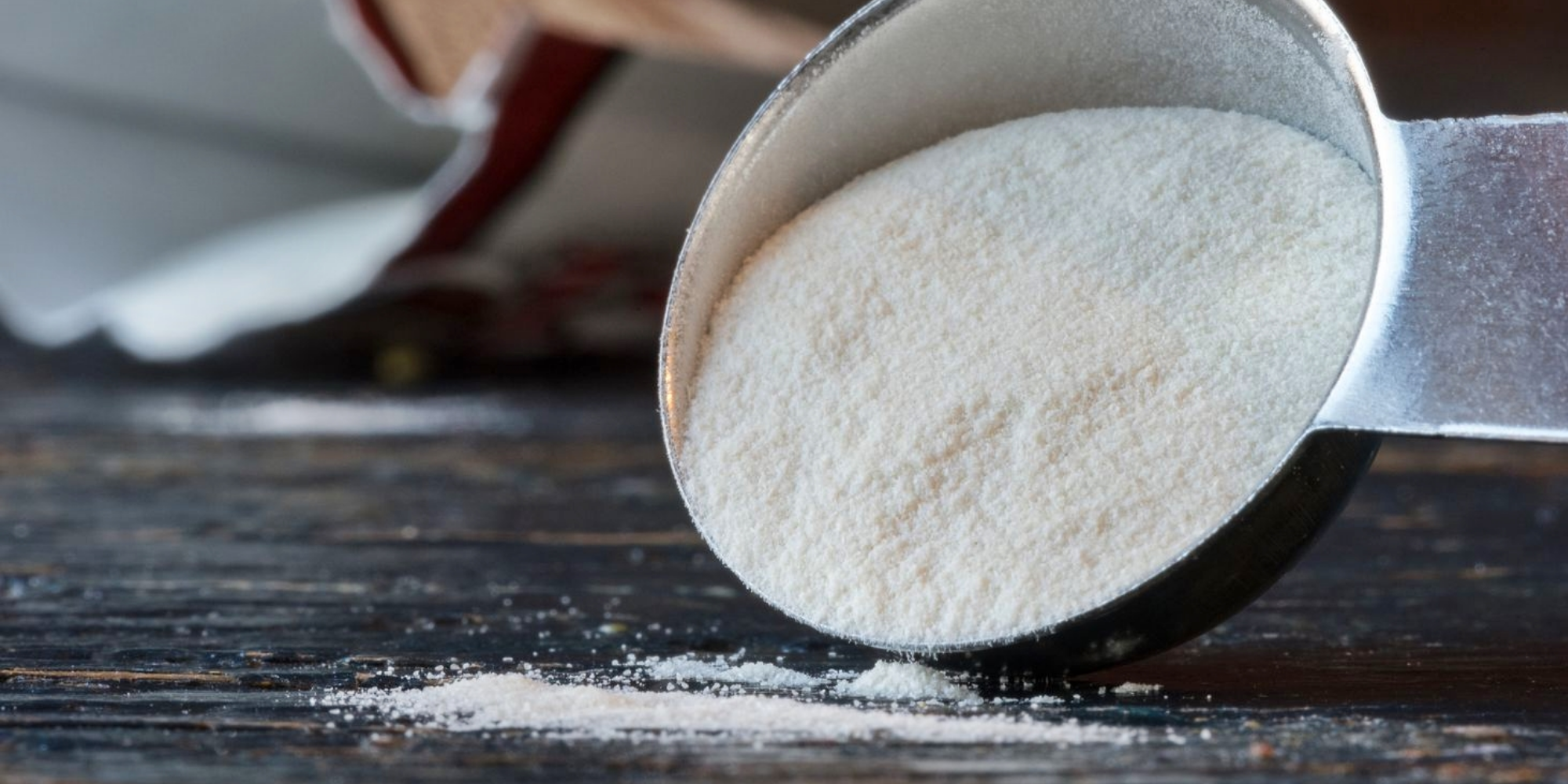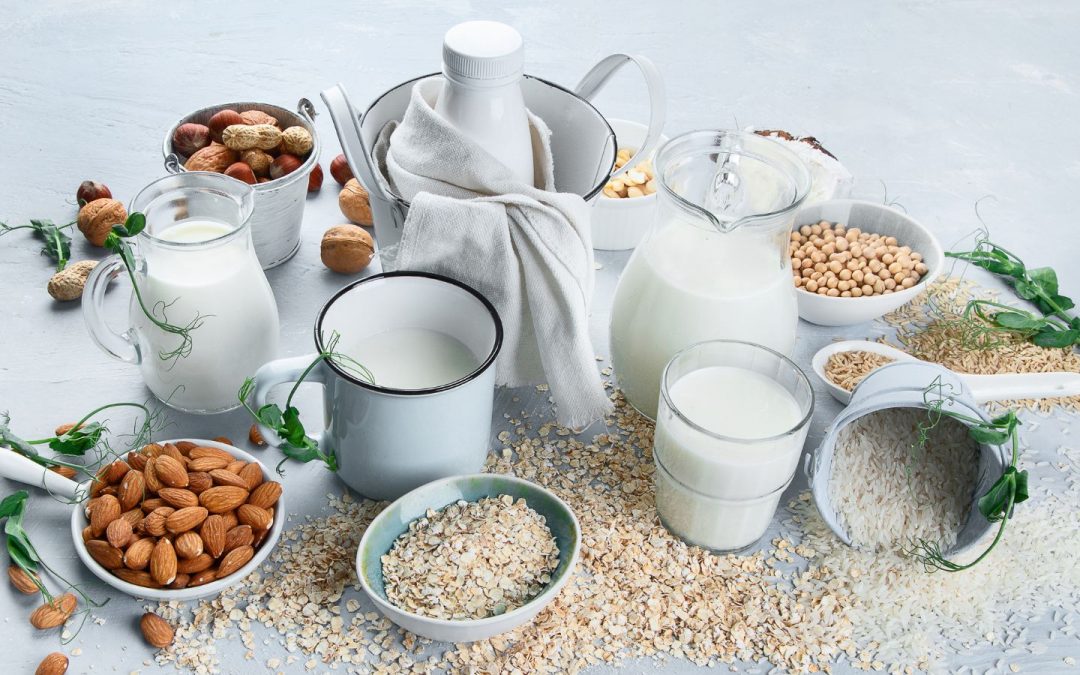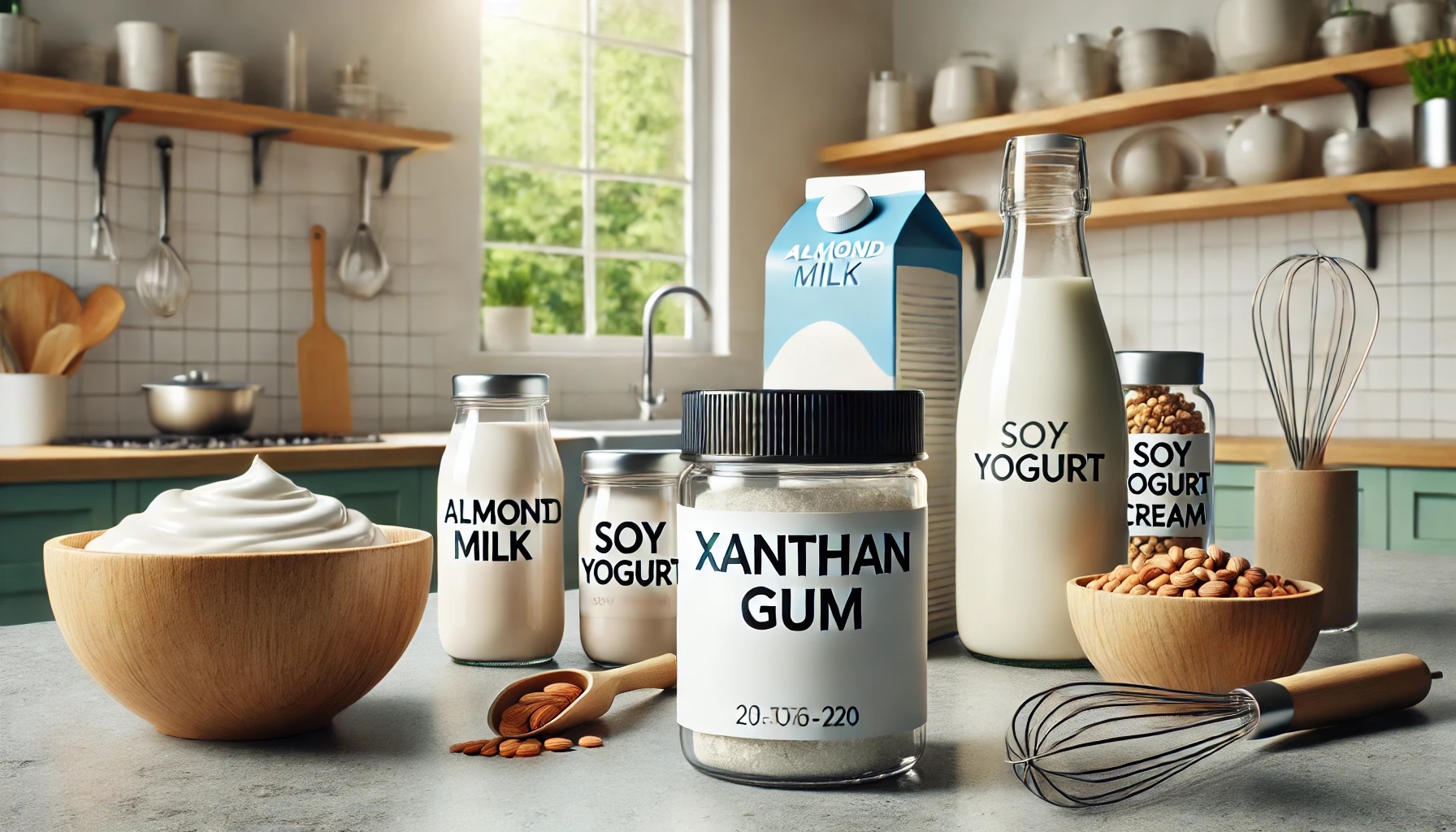The food industry continually seeks ways to enhance product quality and consumer satisfaction.
Among the many tools available to food scientists and manufacturers, gums and stabilizers play a critical role in achieving the desired texture, consistency, and stability in various food products.
This blog explores the textural benefits of these essential ingredients, highlighting their applications, types, and the science behind their functionality.
Introduction to Gums and Stabilizers
Gums and stabilizers are polysaccharides derived from plants, seaweeds, or microorganisms.
They are used in food production to improve texture, consistency, and shelf life.
By understanding their properties and benefits, manufacturers can create products that meet consumer expectations for quality and mouthfeel.
The Science Behind Gums and Stabilizers
Polysaccharides: The Building Blocks
Gums and stabilizers are complex carbohydrates composed of long chains of sugar molecules.
Their unique molecular structures allow them to interact with water and other ingredients, forming gels, thickeners, and emulsions.
This interaction is key to their ability to modify the texture and stability of food products.
Hydration and Gel Formation
One of the primary functions of gums and stabilizers is their ability to hydrate and form gels.
When dispersed in water, they swell and trap water molecules, creating a network that provides viscosity and thickness.
This gel formation is crucial in products like sauces, dressings, and desserts.
Types of Gums and Stabilizers
Guar Gum
Derived from the guar bean, guar gum is widely used for its excellent thickening properties.
It is commonly found in baked goods, dairy products, and sauces.
Guar gum enhances the viscosity of these products, providing a smooth and creamy texture.
Xanthan Gum
Produced by fermentation of glucose or sucrose by the Xanthomonas campestris bacterium, xanthan gum is known for its exceptional stability under a wide range of temperatures and pH levels.
It is often used in salad dressings, gluten-free baking, and beverages to ensure consistent texture and prevent separation.
Carrageenan
Extracted from red seaweed, carrageenan is available in three main types: kappa, iota, and lambda.
Each type offers unique gelling and thickening properties. Carrageenan is commonly used in dairy and meat products to improve texture and retain moisture.
Pectin
Pectin, found in the cell walls of fruits, is a natural gelling agent used in jams, jellies, and fruit-based products.
It helps create a firm yet spreadable texture, enhancing the overall sensory experience of these products.
Applications of Gums and Stabilizers
Dairy Products
In dairy products such as yogurt, ice cream, and cheese, gums and stabilizers are used to prevent syneresis (water separation), improve creaminess, and enhance mouthfeel.
They help maintain a smooth, uniform texture throughout the product’s shelf life.
Baked Goods
Gums like xanthan and guar gum are essential in gluten-free baking, providing the structure and elasticity typically imparted by gluten.
They ensure that baked goods have the desired crumb structure and are not overly dense or crumbly.
Beverages
In beverages, stabilizers prevent ingredients from settling and separating.
For instance, in fruit juices and smoothies, gums like pectin and carrageenan help maintain a consistent texture, ensuring a pleasant drinking experience.
The Benefits of Using Gums and Stabilizers
Enhanced Texture and Mouthfeel
The primary benefit of using gums and stabilizers is their ability to enhance the texture and mouthfeel of food products.
They provide a desirable consistency that can range from smooth and creamy to thick and gel-like, depending on the application.
Improved Stability and Shelf Life
Gums and stabilizers also improve the stability and shelf life of products by preventing separation and maintaining uniformity.
This is particularly important in products like salad dressings and sauces, where separation can affect both appearance and taste.
Cost-Effective Solutions
Using gums and stabilizers can be a cost-effective solution for manufacturers.
They allow for the reduction of more expensive ingredients while still achieving the desired texture and quality.
This can lead to significant cost savings without compromising product integrity.
Innovations and Trends
Clean Label Ingredients
With the growing demand for clean label products, the food industry is exploring natural and minimally processed gums and stabilizers.
Ingredients like locust bean gum, agar, and konjac are gaining popularity for their natural origins and effective textural properties.
Custom Blends
Manufacturers are also developing custom blends of gums and stabilizers tailored to specific applications.
These blends can optimize texture, stability, and performance, providing a competitive edge in the market.
Conclusion
Gums and stabilizers are indispensable tools in the food industry, offering numerous textural benefits that enhance product quality and consumer satisfaction.
By understanding the science behind these ingredients and their diverse applications, manufacturers can create innovative and high-quality products that meet the ever-evolving demands of consumers.
As trends towards clean label and natural ingredients continue to grow, the role of gums and stabilizers will remain crucial in the development of the next generation of food products.








